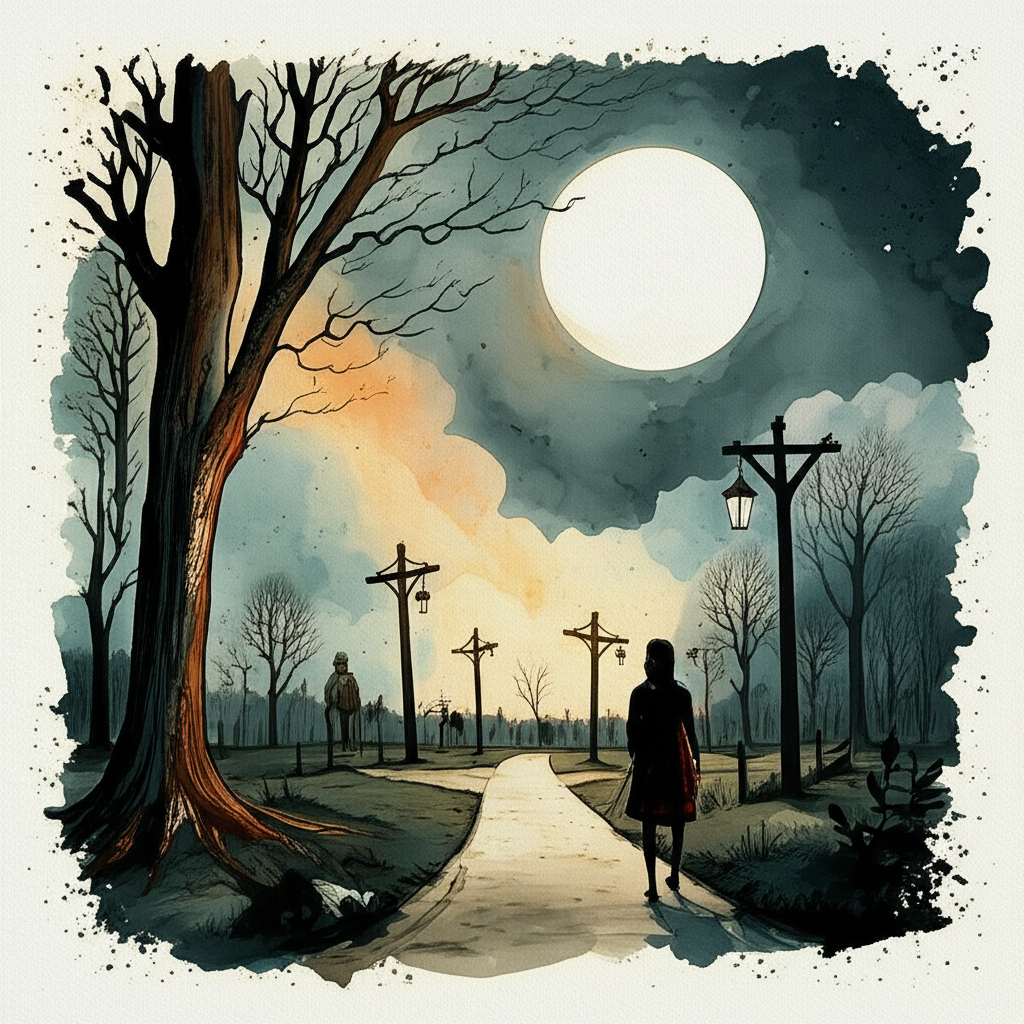
For centuries, a peculiar superstition has cautioned against using crossroads as meeting places. Rooted in ancient beliefs about spirits, boundaries, and the afterlife, this notion highlights the intersection of the physical and spiritual realms, and the potential dangers lurking within.
Much of the superstition surrounding crossroads can be traced back to the medieval period. During this time, a profound belief in evil spirits permeated society. People firmly believed that the physical world co-existed with a spirit world, separated only by a thin veil. Any location perceived as a boundary, such as a crossroads, was viewed as a potential seam where this veil could tear, allowing malevolent entities like demons, vampires, goblins, and ghosts to cross over and torment the living.
This fear of crossroads manifested in various cultural practices. On the Isle of Man, people would ritually sweep crossroads at nightfall to ward off evil spirits. In the Böhmerwald Mountains of Germany, cracking whips at crossroads was believed to expel witches. Similarly, in Bali, ceremonies are conducted at crossroads to banish devils, reflecting a global concern about the spiritual vulnerability of these locations.
Further solidifying the association of crossroads with the supernatural was its role in Roman mythology. Hecate, the goddess of the night and protector of witches, was believed to appear at crossroads. Consequently, witches themselves were often thought to gather at these intersections, reinforcing the location’s reputation as a site of occult activity.
The Christian tradition further contributed to the sinister perception of crossroads. Suicides, considered grave sinners, were historically denied burial in consecrated ground or public burial sites. Until 1823, they were excluded from consecrated ground, and prayers weren’t permitted at their burial until 1880. Consequently, their bodies were often buried on the outskirts of towns, specifically at crossroads. This practice aimed to confine their restless souls, preventing them from haunting their former homes. The act of burying suicides at crossroads was thought to confuse their souls, trapping them eternally at the junction of paths.
Adding to the grim atmosphere, gallows were frequently erected at crossroads located on the edges of towns. This further amplified the crossroads’ reputation as a place frequented by the damned. The souls of executed criminals, denied access to heaven, were believed to linger in these locations, creating an aura of dread and reinforcing the superstition against meeting at crossroads. These places were considered spiritually tainted and potentially dangerous.
In modern times, while belief in literal demons and restless spirits may have waned, the superstition surrounding crossroads persists, albeit often in a symbolic or metaphorical sense. Some interpret the crossroads as a place of decision and uncertainty, a space where paths diverge, and choices have significant consequences. Meeting someone at a crossroads might, therefore, be seen as setting a precarious stage for a meeting, laden with potential for conflict or misfortune due to the inherent instability associated with the location. Thus, the ancient fear of the crossroads, once rooted in the tangible belief of evil spirits, continues to resonate in our cultural consciousness.